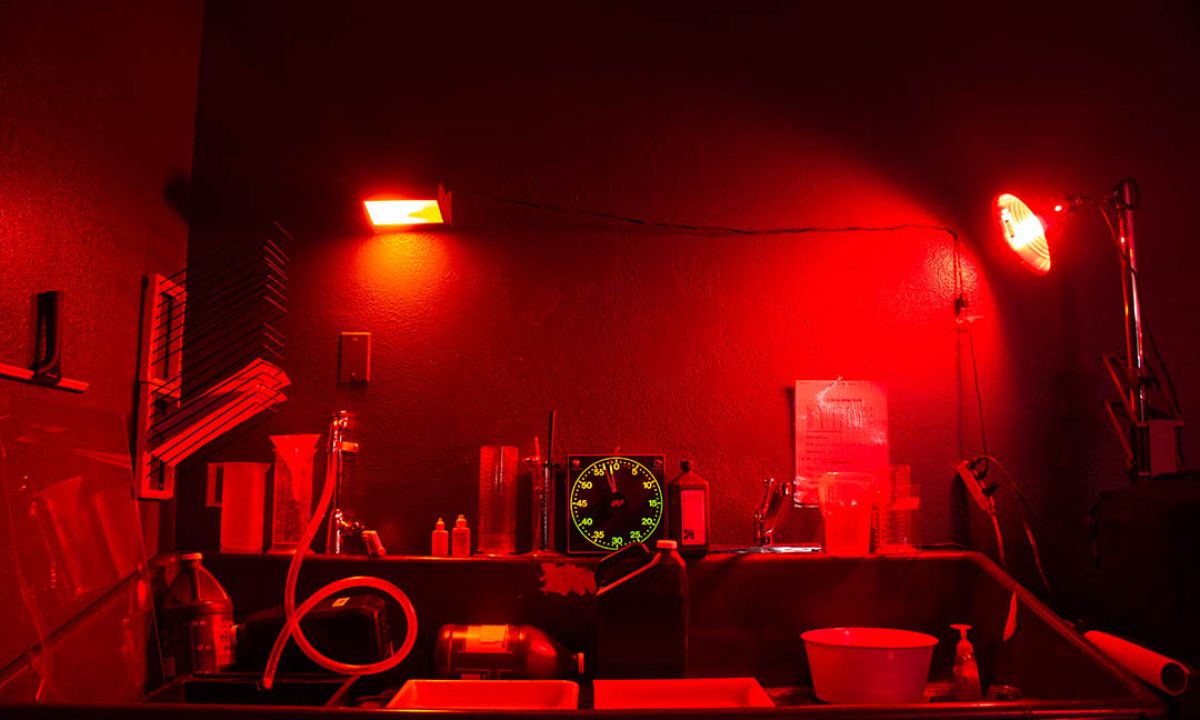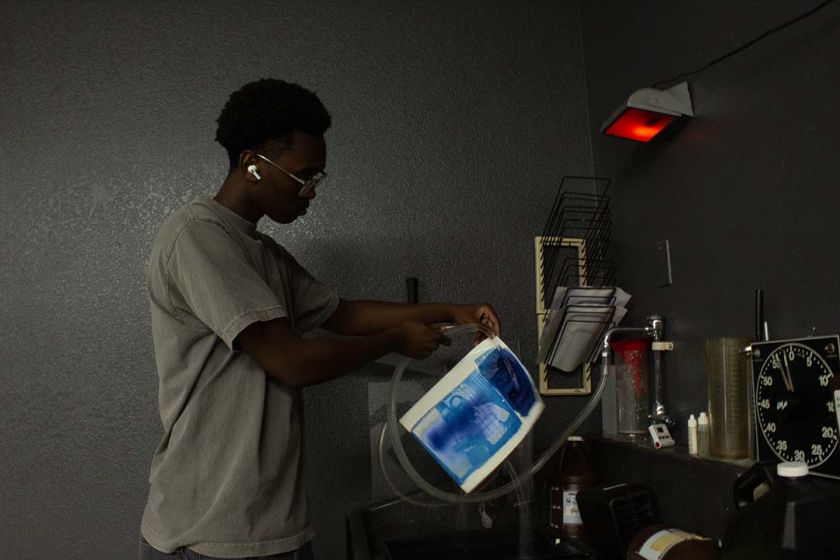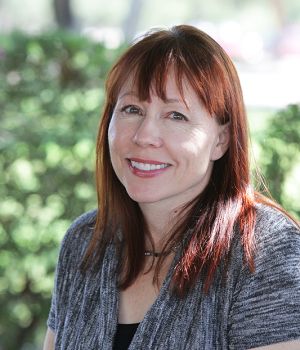
Donations & summer renovations create home for photography department
by Mackenzie McCormick '24
Up until this year, there was equipment and a space full of cameras that happened to contain photography classes. With new renovations this summer, it has transformed into a home for the photography department.
In 2020, $3,000 was generously donated to fund the photography department. However, as COVID-19 sprawled across the world, any advancements in the room were tabled. This past summer, plans and advances were in place. Over two-thirds of the initial donation amount was used to install a darkroom sink and multiple tables. Professional photographer and photography teacher Amy Haskell clarifies that “while it is a sink, it is an ending to a transformation” that has taken about eight years. Haskell had been collecting photography equipment and hardware to, in the future, construct a class that takes on alternative and traditional film-based methods of photography. A class that is now known as Photography 3.
Photography 3 delves into various equipment and techniques that are unfamiliar to this generation, a generation more accustomed to digital photography. Haskell displays the class as a springboard to creativity. However, within that creativity is a great deal of intricacy. Haskell explains that “photography is light sensitive” and that the photo developing processes in Photography 3 are “even more light sensitive.”

Traditional photo processing techniques require a dark room to develop light-sensitive paper through a number of chemical baths that form the image onto the paper. These prints require a final wash of running water to be sure all chemicals are removed and afterwards, those chemicals must be properly drained. Without a sink nearby, this practice becomes highly inconvenient, especially in a school location where public restroom sinks are not an option. The addition of a darkroom sink dismantles this obstacle and allows for no creative constraints. Every print and photo will be physical—not digital.
Haskell states that Photography 3 “will capture the photos, develop, and print them all in house. ” The student determines every outcome and controls every step. And all of it can now occur in one place: the photography room. As "certain processes require absolute darkness," Haskell hopes to, over time, be able to fully mitigate light in the photography room.
Since 2020, two more donors have contributed $5000 to the Dark Room fund. In addition to cash gifts, The Gregory School is grateful to the many donors who have given photography equipment, from enlargers to film cameras to developing tanks and everything in between. Haskell contends that the home of photography is “so close to perfect."

"I am enjoying getting to see the campus from the perspective of 'faculty', and getting to spend time with the next generation of young photographers is inspiring. The students are so bright, creative and curious, it makes teaching them a lot of fun."